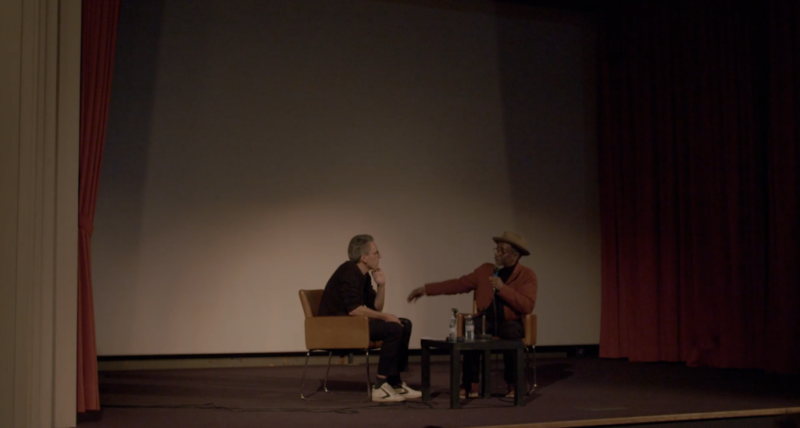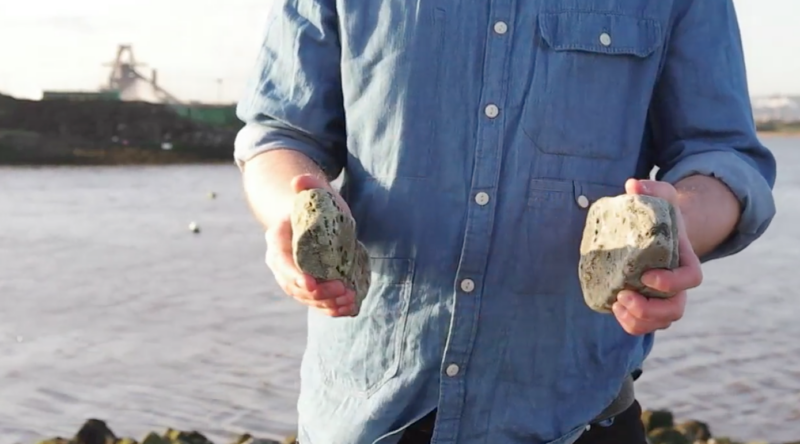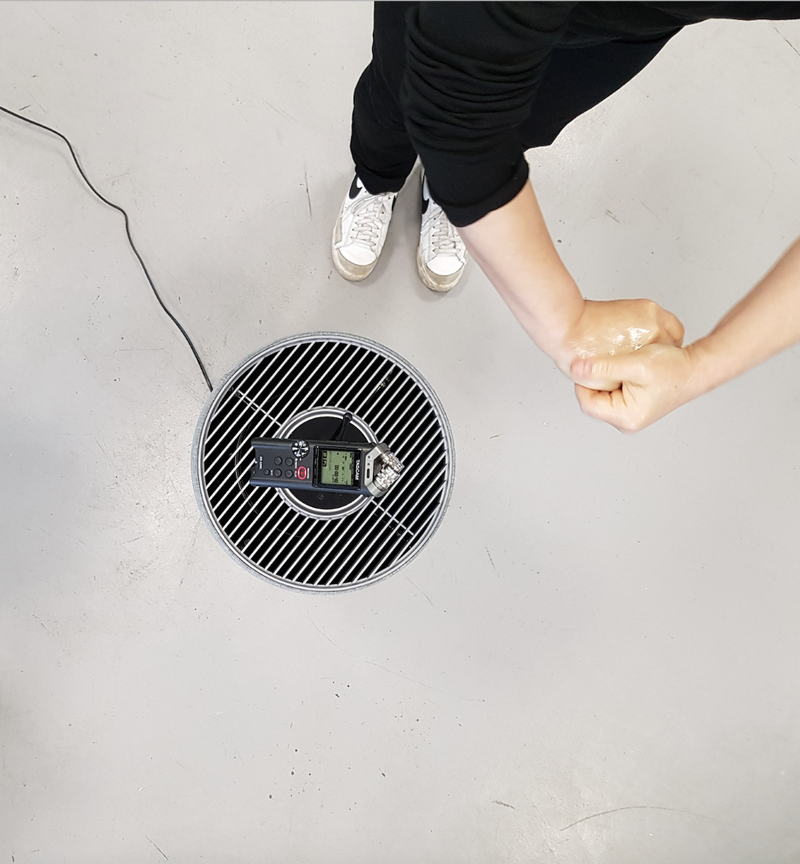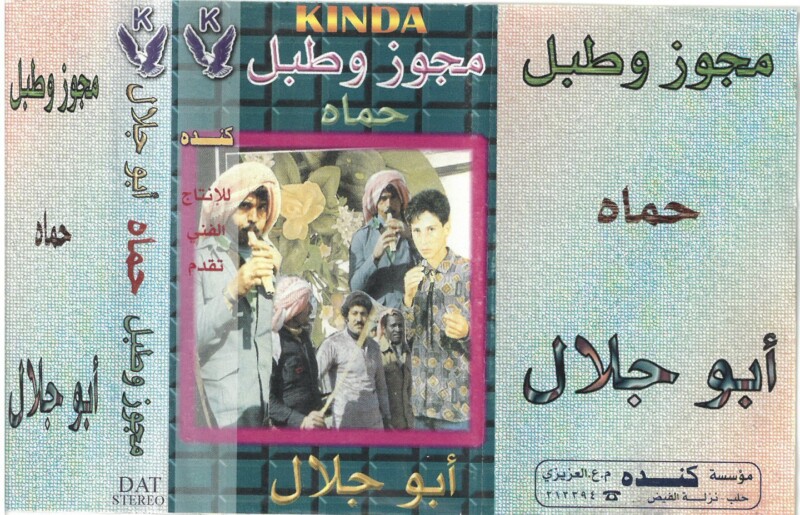The Art of Resonance – The Resonance of Art
Originating from the Latin notion of resonantia, which literally translates as echo or re-sounding, resonance is commonly used in physics to describe a response of an object or a system to an action by a transfer of energy. In acoustics, it is the augmentation of sound by reverberation when soundwaves from any source reflect off other surfaces in space.
From physics to arts, resonance takes on multiple modes of differentiated response, only possible by way of gaps and encounter: resonance as activation of sensory exchange; resonance as mobilization of reflective capacity; resonance as transmission of feeling, thought, senses, and memory; resonance as a form of social relationality and aesthetic-political engagement; resonance as an exchange between the aesthetic and the rational, between art and thought, between practice and theory; resonance as relations between sense, sensation and signification, between perception and interpretation, between manifestation and representation, between mediation and context. Moving between and beyond genres, media, disciplines, politics, and affects, resonance is constant tessellation and oscillation.
How can we think with and alongside the idea of resonance as both a theory and practice of aesthetics and politics? If we consider resonance as differentiated response rather than repeated echo, how can it assist us in our search for new modes of interaction, formation and transformation? How can it help us to tune into unacknowledged affinities and solidarities, communalities and commonalities, and challenge dominant orders and orderings of sense and sense-making? How can the idea of resonance be explored as a principle and method, as a practice and praxis that defy norms of representationalism and ocularcentrism? How can this exploration expand our common notions and limits of time and space, subject and object, experience and expression, translation and collaboration? How does resonance move, how can it make us move and moved?
Formless Formation
Researching formless, informal, performative ways of working together-ward, of experimenting and collaborating with different forces and forms of social and artistic organizing across and from within difference.
Practical Aesthetics
Researching forms of thinking and writing in resonance and interference with the arts – rather than about the arts – by facilitating encounters in which art and thought, creativity and criticality come alive, work together and discover their resonances with one another.
Discrepant Engagement
Researching practices that, in the interest of opening presumably closed orders of identity, representation and signification, accent fissure, fracture, incongruity, the rickety, imperfect fit between word and world, form and meaning, sense and sensation.
Sonic Bodies
Researching modes of thinking and ways of knowing through and with sound, and rethinking the relationship between music, matter, and the body, in view of encouraging the values, qualities and intensities of audio and audition to be given the same weight as the measure, quantities and spread of visual information.
Moving Audiences
Researching artistic research forms that use social interference and interaction as methodology, and the ways in which mediation formats may contribute to reproducing or changing structures of power in society and art.

















